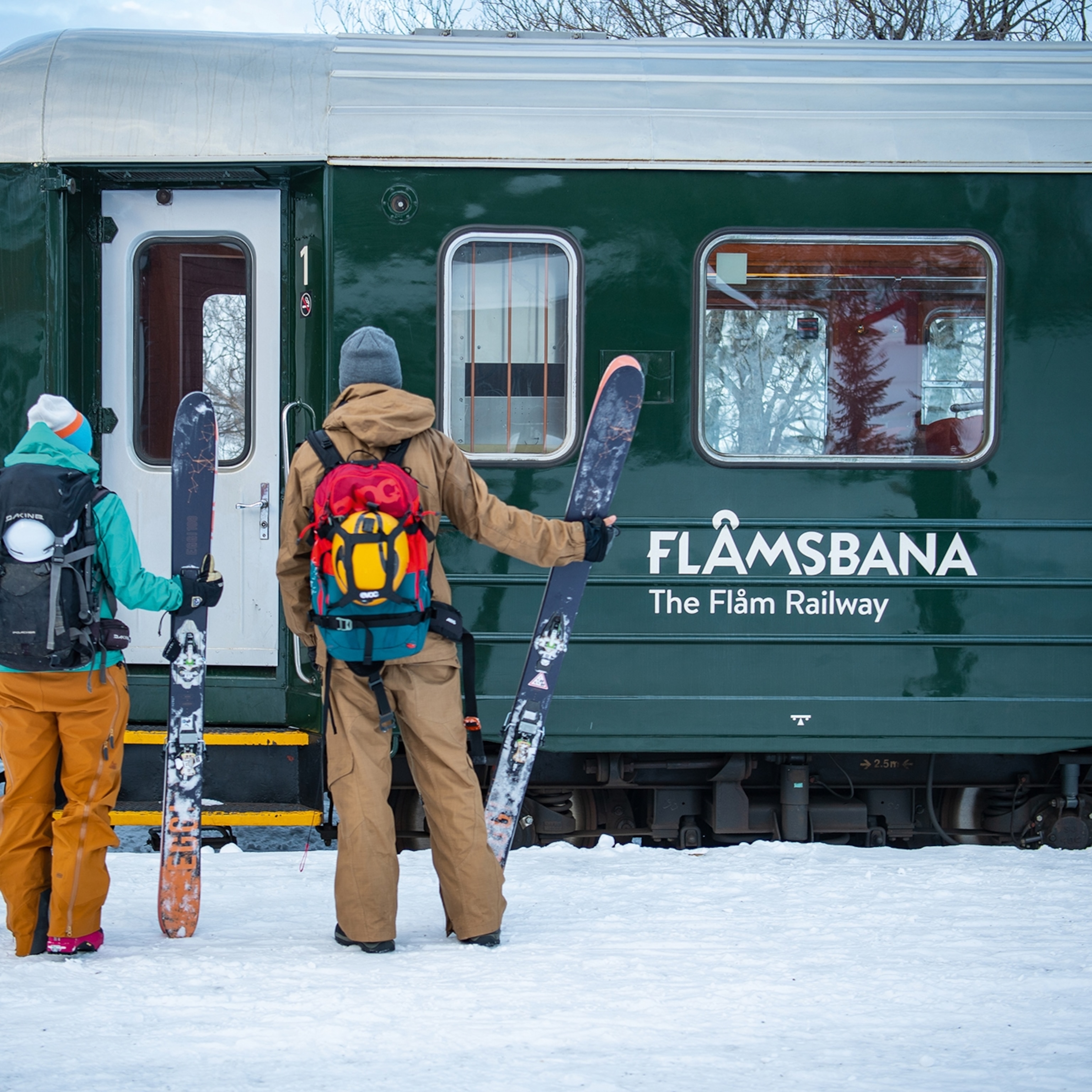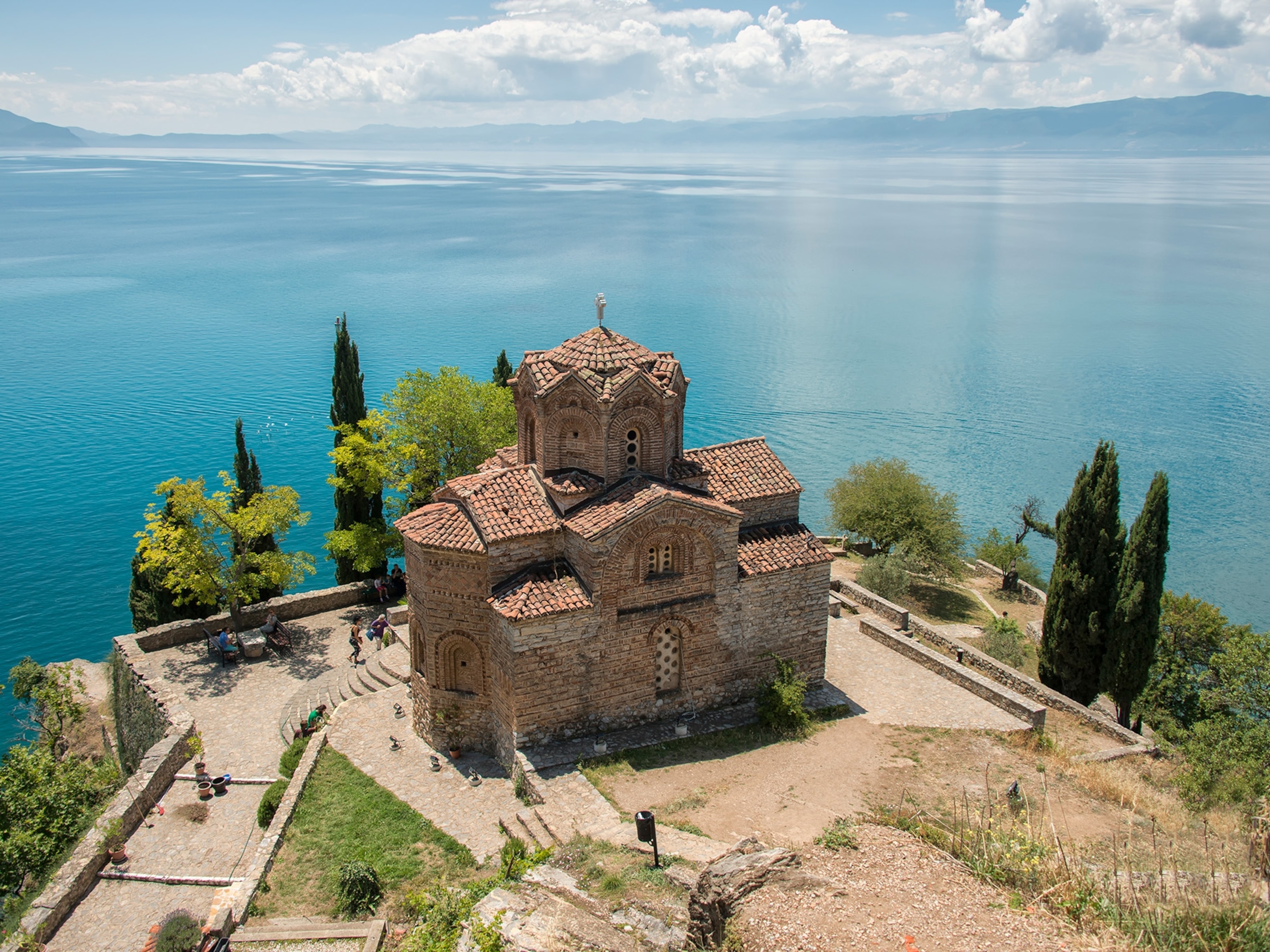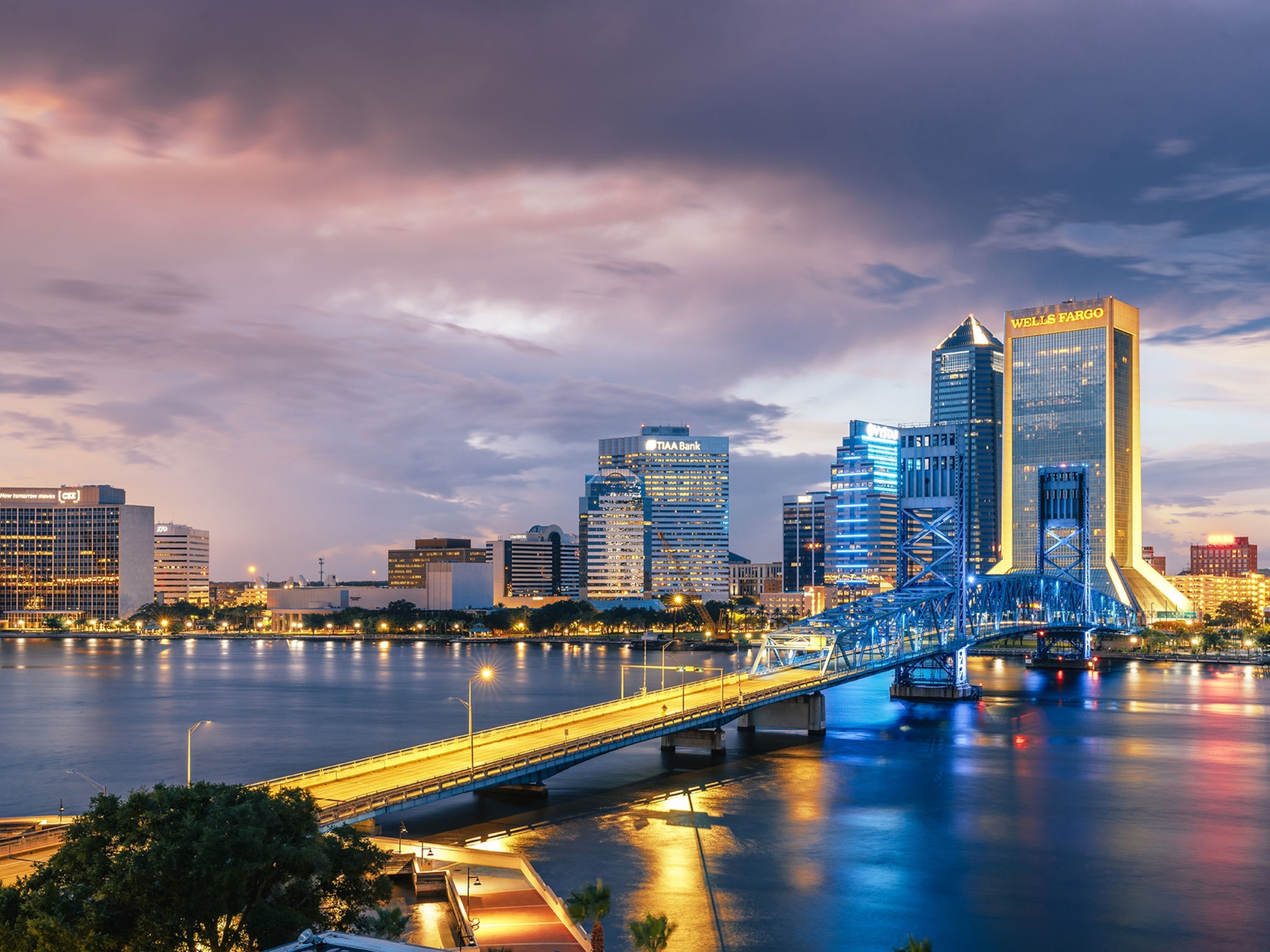Kwita Izina: naming Rwanda’s next generation of gorillas
Rwanda recognizes the country’s conservation success with an annual ceremony inspired by traditional culture.
Inspired by the Rwandan tradition of holding a naming ceremony for babies after their birth, Kwita Izina – or ‘to give a name’ in the national language, Kinyarwanda – is an event like no other on Earth, yet steeped in cultural meaning and ancient custom.
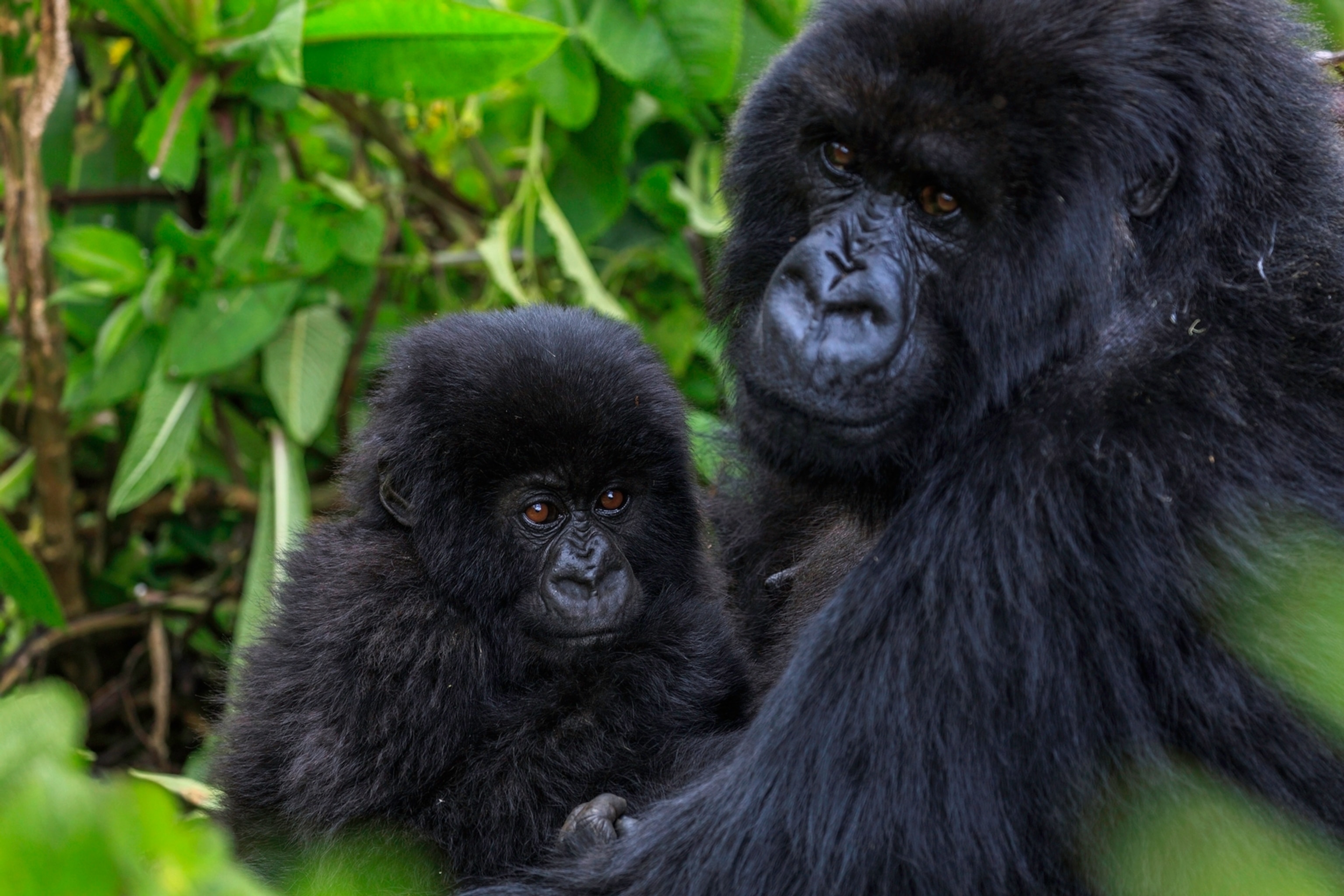
Rwanda hosts this annual, week-long program of activities each September to raise awareness and funds for the ongoing protection of the country’s mountain gorillas and the expansion of their habitat. One of the world’s most respected forums for conservation and sustainable tourism, Kwita Izina includes a conference, workshops and the highlight – a naming ceremony for the gorillas born in the country’s Volcanoes National Park over the past year or so. Here, invited guests take to the huge, silverback-shaped bamboo stage and assign each gorilla with a carefully chosen name according to the baby's behavior and unique character traits, and which Rwandans believe will encourage good fortune and play a prominent role in shaping the infants’ futures.
The festivities – which include traditional music, dancing and performances from local students and artists – attract thousands of visitors each year, with conservationists, rangers and communities; international celebrities, dignitaries and the country’s President attending the ceremony near the town of Kinigi, at the foothills of the Virunga Massif.
Rwanda’s conservation and responsible tourism initiatives – including a successful trekking program to see the gorillas in their forest home – benefit animals and people. It’s been estimated that an individual ‘habituated’ mountain gorilla can indirectly generate around $3 million during its lifetime from tourism income. Revenue from the sale of trekking permits to see the gorillas helps to support Volcanoes National Park, and three other protected wildlife reserves across the country. In addition, 10% of tourism revenue is shared with communities living around the park, and locals are employed as vets, researchers, trackers, porters and guides, while others work in safari lodges and camps.

Kwita Izina plays a crucial role, not just through promoting conservation and raising funds with ticket sales for the ceremony, but by inviting the Rwandans to celebrate and preserve their natural – and cultural – heritage.
One of just two remaining strongholds for the species (the other is Bwindi Impenetrable National Park in Uganda), the Virungas’ densely forested peaks are where American primatologist, Dian Fossey, studied the mountain gorillas, and set up the first gorilla research center known as Karisoke. Today, the Dian Fossey Gorilla Fund International (DFGFI) works closely with the Rwandan government, continuing Fossey’s work through education, park ranger funding and community programs.
“Kwita Izina is a huge source of pride for all Rwandans”, says Dr. Tara Stoinski, President and CEO/Chief Scientific Officer at DFGFI. “It gives worldwide attention to the considerable achievements of the government and people in protecting mountain gorillas. At a time when conservation success stories are so few, what has happened here is truly remarkable, and highlights what can be accomplished when there is long-term investment and leadership in conservation.”
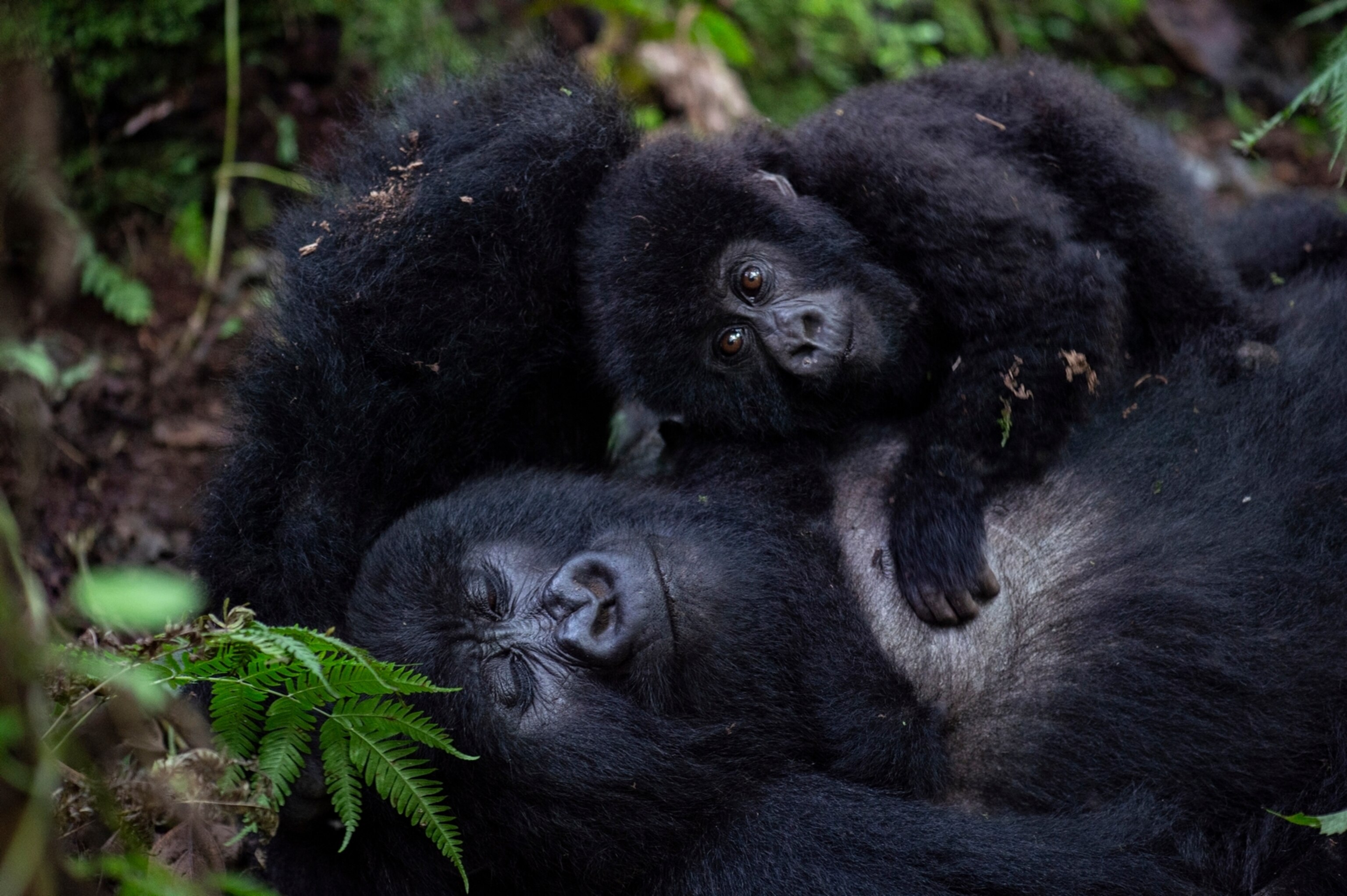
There is much to be proud of. While all other great ape populations are in decline, mountain gorilla numbers are on the rise. Just 242 individuals were recorded in the Virunga Massif in the 1980s: now, over 600 roam the region. With a further 400 in Bwindi, the IUCN reclassified the species from ‘critically endangered’ to ‘endangered’ in 2018.
Since Kwita Izina began, over 280 baby gorillas have been given a name, each one thoughtfully selected to reflect the infant’s individual story and heritage, or to harness good luck and protection. Names have always been significant in Rwanda, where they’re believed to influence the character and future prospects of a newborn, helping to shape their life journey. Before Kwita Izina, it fell to the park rangers who protected them to name the gorillas. Just as our own names provide meaning and connection to our past, place and relatives, those assigned to the gorillas also help rangers and researchers to monitor the progress of individuals within their family groups and across their ranges.
By introducing each baby to the world at Kwita Izina and attributing them a unique title, statistics are brought to life: the gorillas are not only being recognized as new additions to their families, but also welcomed as precious gifts by the people of Rwanda, and the international community.
In 2016, naturalist Sir David Attenborough named a baby Inshungu, meaning ‘blessing’. In 2017, Dr. Stoinski named Macibiri in tribute to Fossey, whose Rwandan nickname was Nyiramacibiri, believed to roughly translate as ‘the woman who lives alone on the mountain’. And in 2018, baby Ikipe, meaning ‘team’, was named by former Arsenal footballer, Laureano Bisan Etamé-Mayer, alongside Izahabu (‘precious’), Kunesha (‘to win’) and Uburumbuke (‘prosperity’). All were received with excitement, cheers, and a collective sense of hope for their future.
“A name professes the aspirations parents have for their children, so we determine our own destiny through the names we give our children,” says Belise Kariza, Chief Tourism Officer at the Rwanda Development Board. “In a way, we are defining our common destiny through Kwita Izina – we are defining where we want to go.”

